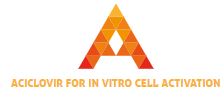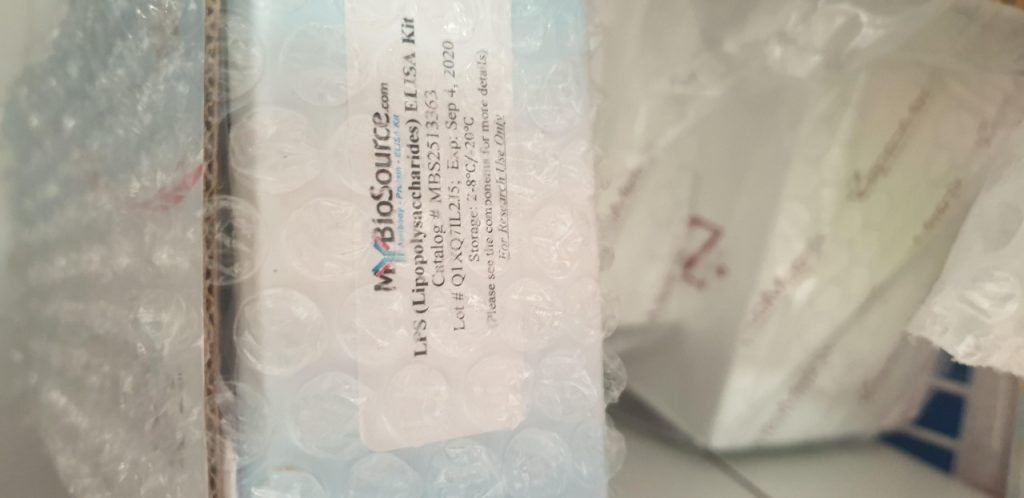Most cancers cell invasion into the encircling extracellular matrix (ECM) takes place when cell-cell junctions are disrupted upon epithelial-to-mesenchymal transition (EMT). Each most cancers cell-stroma and cell-cell crosstalk are important to help the continual tumor invasion. Most cancers cells launch microvesicles and exosomes containing bioactive molecules and sign peptides, that are recruited by neighboring cells or carried to distant websites, thus supporting intercellular communication and cargo switch. Moreover this oblique communication mode, most cancers cells can develop cytoplasmic intercellular protrusions or tunneling nanotubes (TNTs), which permit the direct communication and molecular change between linked distinct cells.
Utilizing scanning electron microscopy (SEM) we present for the primary time that MDA-MB-231 (excessive metastatic potential) and shERβ MDA-MB-231 (low metastatic potential) breast most cancers cells cultured on fibronectin and collagen kind I or 17β-estradiol (E2) develop TNTs and really lengthy versatile filopodia. Apparently, the much less aggressive shERβ MDA-MB-231 cells handled with E2 in 3D collagen matrix confirmed the very best improvement of TNTs and filopodia. TNTs had been typically related to adhering exosomes and microvesicles browsing from one cell to a different, however no filopodia exhibited vesicle-like cytoplasmic buildings on their floor. Furthermore, E2 affected the expression of matrix macromolecules and cell effectors largely within the presence of ERβ. Our novel information highlights the importance of matrix substrates and the presence of E2 and ERβ within the formation of mobile protrusion and the manufacturing of floor buildings, defining novel phenotypes that unravel nodal stories for breast most cancers development.
Autophagy-inducing Peptide Will increase CHO Cell Monoclonal Antibody Manufacturing in Batch and Fed-batch Cultures
The event of generic biopharmaceuticals is growing the pressures for enhanced bioprocess productiveness and yields. Autophagy (“self-eating”) is a mobile course of that enables cells to mitigate stresses similar to nutrient deprivation. Reputed autophagy inhibitors have additionally been proven to extend autophagic flux underneath sure situations, and improve recombinant protein productiveness in Chinese language Hamster Ovary (CHO) cultures. Since peptides are generally added to bioprocess tradition media in hydrolysates, we evaluated the influence on productiveness of an autophagy-inducing peptide (AIP), derived from the mobile autophagy protein Beclin 1. This was analyzed in CHO cell batch and fed-batch serum-free cultures producing a human IgG1.
Apparently, the addition of 1 to four µM AIP enhanced productiveness in a concentration-dependent method. Cell-specific productiveness elevated as much as 1.8-fold in batch cultures, whereas in fed-batch cultures a most 2-fold enhance in IgG focus was noticed. An preliminary drop in cell viability additionally occurred earlier than cultures recovered regular development. Total, these findings strongly help the worth of investigating the results of autophagy pathway modulation, and particularly, using this AIP medium additive to extend CHO cell biotherapeutic protein manufacturing and yields. This text is protected by copyright. All rights reserved.
Potential Results of Nonadherent on Adherent Human Umbilical Venous Endothelial Cells in Cell Tradition
The adherence and shear-resistance of human umbilical venous endothelial cells (HUVEC) on polymers is decided in vitro in an effort to qualify cardiovascular implant supplies. In these exams, variable fractions of HUVEC don’t adhere to the fabric however stay suspended within the tradition medium. Nonadherent HUVEC normally cease rising, quickly lose their viability and may launch mediators capable of affect the expansion and performance of the adherent HUVEC. The goal of this examine was the investigation of the time dependent behaviour of HUVEC underneath managed nonadherent situations, in an effort to acquire insights into potential influences of those cells on their surrounding surroundings particularly adherent HUVEC within the context of in vitro biofunctionality evaluation of cardiovascular implant supplies.
Information from adherent or nonadherent HUVEC rising on polystyrene-based cell adhesive tissue tradition plates (TCP) or nonadhesive low attachment plates (LAP) permit to calculate the variety of mediators launched into the tradition medium both from adherent or nonadherent cells. Thus, the supply of the inflammatory mediators will be recognized. For nonadherent HUVEC, a time-dependent aggregation with out additional proliferation was noticed. The speed of apoptotic/lifeless HUVEC progressively elevated over 90% inside two days. Concomitant with distinct blebbing and lack of membrane integrity over time, augmented releases of prostacyclin (PGI2, as much as 2.91 ± 0.62 fg/cell) and platelet-derived development issue BB (PDGF-BB, as much as 1.46 ± 0.42 fg/cell) had been detected. The examine revealed that nonadherent, dying HUVEC launched mediators, which may affect the encircling microenvironment and thereby the outcomes of in vitro biofunctionality evaluation of cardiovascular implant supplies.
Neglecting nonadherent HUVEC bears the chance for under- or overestimation of the supplies endothelialization potential, which may result in the lack of related candidates or to uncertainty with regard to their suitability for cardiac functions. One strategy to reduce the affect from nonadherent endothelial cells might be their elimination shortly after observing preliminary cell adhesion. Nonetheless, this might require a person adaptation of the examine design, relying on the properties of the biomaterial used.
Current progress in induced pluripotent stem cell-derived 3D cultures for cardiac regeneration
Cardiovascular ailments are the main reason for dying on the planet as a result of excessive incidence of the ailments coupled with the restricted therapeutic choices. In recent times, advances in regenerative medication have emerged as a promising remedy. Differentiation of induced pluripotent stem cells (iPSCs) into cardiac cells and rising applied sciences permitting association of cells into complicated 3D tissue-like buildings open new frontiers for transplantation and engraftment of those tissue patches onto the broken coronary heart.
[Linking template=”default” type=”products” search=”Genomic DNA Isolation Kit” header=”1″ limit=”176″ start=”4″ showCatalogNumber=”true” showSize=”true” showSupplier=”true” showPrice=”true” showDescription=”true” showAdditionalInformation=”true” showImage=”true” showSchemaMarkup=”true” imageWidth=”” imageHeight=””]
Regardless of the cells integrating and presenting preliminary neovascularization, the purposeful and electrical properties of those patches are nonetheless not comparable with these of the host cardiac tissue. Future analysis optimizing maturation and integration of the iPSC-derived cardiomyocytes is paramount for cardiac cell remedy to realize medical use. Herein, we are going to assessment the cutting-edge and the totally different approaches to developing these 3D transplantable buildings.


